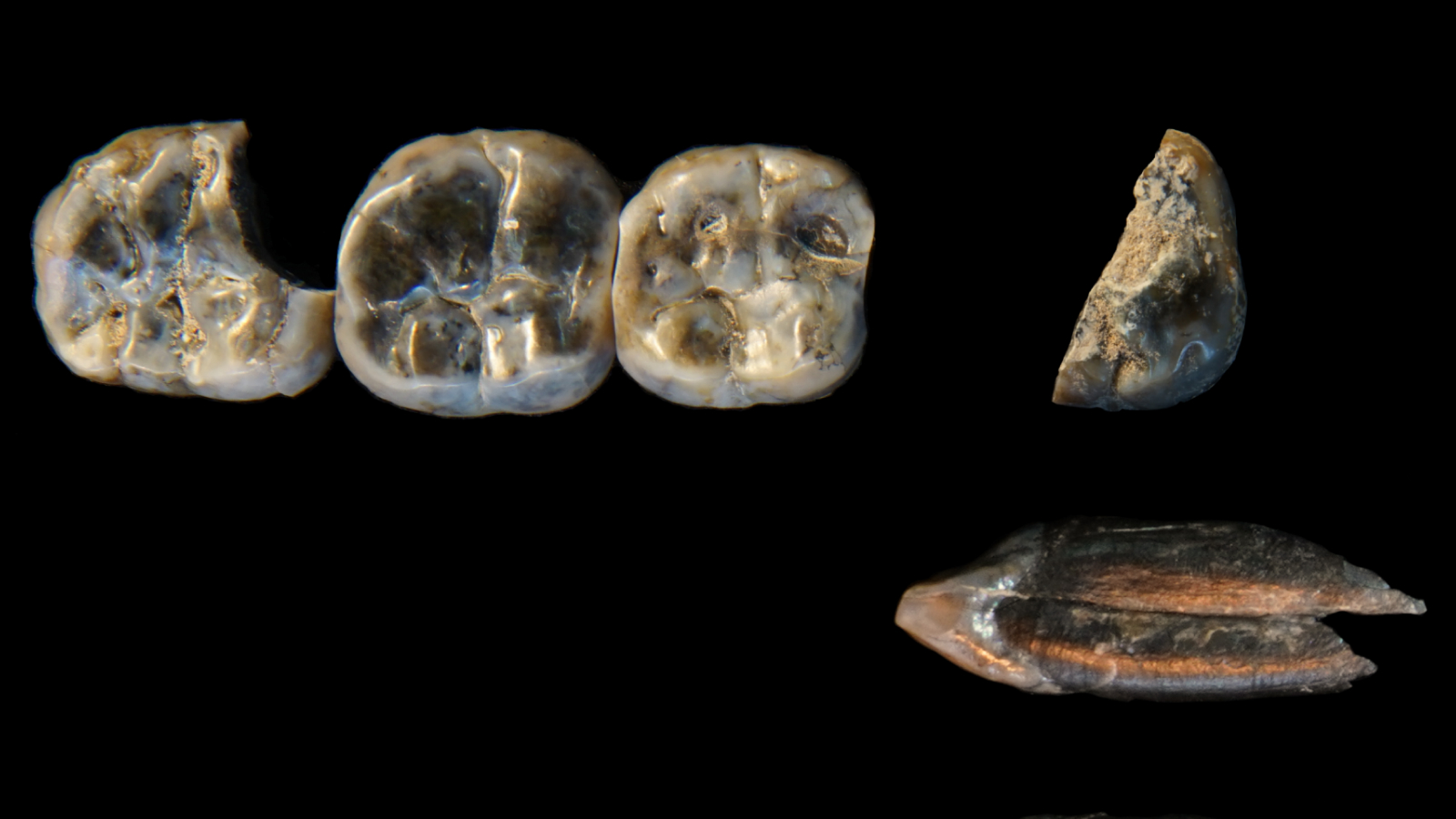
Journey to the Earth's Mantle to Go Deeper than Ever Before
A journey to the Earth's mantle layer could begin within the next decade, drilling deeper into the planet than anyone has ever delved before.
The Earth-shattering project is aiming to be the first to pull samples up directly from the mantle — the layer of solid but hot rock that flows below the planet's crust — potentially unearthing a trove of insights into the origins and evolution of our planet.
Understanding the overall dynamics of the Earth is essential, as its workings can have devastating consequences on humanity — "the recent Japanese earthquake and tsunami is the best illustration," geologist Benoît Ildefonse at Montpellier 2 University in France told OurAmazingPlanet.
First mantle mission
The mantle makes up most of the Earth, holding about two-thirds of the world's mass. Although nearly all of the planet's surface crust originally came from the mantle, the fragments that made their way to the surface have all been chemically altered by the processes that raised them upward or by contact with seawater. This makes fresh samples from the mantle potentially invaluable for the secrets they might hold about the Earth.
The first mission to attempt to drill into the mantle, an idea born at a drinking club of geoscientists, sailed 50 years ago. Project Mohole, as it was known — "Moho" being short for the Mohorovi?i? discontinuity, the border of the crust and mantle, and "hole" meaning, well, a hole — developed techniques for ocean drilling that are still used by the oil industry today and retrieved the first scientific core from the seafloor in 1961. Novelist John Steinbeck, who was aboard the ship at the time, reported on the mission for Life magazine.
Unfortunately, this ambitious project eventually failed due to poor management that led costs to spiral out of control.
Get the world’s most fascinating discoveries delivered straight to your inbox.
So far, no other scientific mission has drilled deeper than about 1.2 miles (2 kilometers) into the crust, amounting to just a third of the way through it. (The crust is 18 to 36 miles thick [30 to 60 kilometers] under the continents but just 3.6 miles [6 kilometers] thick under the oceans, which is why missions to sample the mantle have focused on the seafloor.) [Related: Earth's surface from mountains to ocean trenches]
Now scientists hope to resurrect Project Mohole. If funding can be found, drilling could begin within the decade and be completed within 15 years, researchers said. In the end, the rods of mantle the scientists hope to retrieve will be only about 2.4 inches (6 centimeters) thick.
Possible resurrection
Scientists are now investigating sites for the new Project Mohole off the coasts of Hawaii, Baja California and Costa Rica, each about 2.5 miles (4 km) beneath the surface of the Pacific Ocean. Over the next few years, they will survey each of the three locales, primarily relying on seismic imaging to see which might work best, with the aim of drilling at least a few hundred feet into the mantle.
The ideal site often calls for contradictory goals. For instance, researchers would prefer drilling in the shallowest possible water, which means going as close as possible to the undersea mountains of the mid-ocean ridge where new crust is formed. However, they also want to drill in the coldest possible crust, as they cannot drill if the rock gets too hot for their machines, which means going away from the volcanic mid-ocean ridge.
"We are really trying to push the limits of what we are currently able to do technologically in the academic community in terms of drilling deep in the ocean crust," Ildefonse said.
Geologists now have advanced systems to help them on such a mission. One promising technology for the new Project Mohole is much like what is now commonly used in the oil and gas industry — a riser system, consisting of an outer pipe surrounding the drill string, the steel pipe through which core samples are recovered. The system that researchers might use could resemble that on the giant Japanese drilling ship Chikyu, which is capable of carrying 6 miles (10 km) of drilling pipes and can drill in 8,200 feet (2,500 meters) of water.
"We 'simply' need to extend the length of the riser from its current length, 2,500 meters [8,200 feet] to about 4,000 meters [13,100 feet]," Ildefonse said. "But it is not that simple, because longer also means heavier, so it might require the use of different, lighter material — it's currently made of steel."
To practice their deep drilling, Ildefonse and his colleague Damon Teagle are chief scientists on a mission to get the first samples of the lower oceanic crust. The Integrated Ocean Drilling Program Expedition 335, which is due to sail in April, will drill a site off the coast of Costa Rica beneath 11,925 feet (3,635 m) of water through at least 6,200 feet (1,900 m) of rock. The ocean crust there formed faster than any other present-day crust, making the upper crust much thinner there than elsewhere and thus easier to drill through to reach the lower crust.
This work to retrieve samples of the lower crust and ultimately of the mantle beneath the oceans could provide "for the first time a wealth of scientific information regarding the processes of formation of these rocks at the mid-ocean ridges, and the way they evolve with time and interaction with seawater at depth," Ildefonse said. "Ultimately, this will tell us more about the modes of formation of the ocean crust — approximately 60 percent of the surface of the planet — which are key components of the dynamics of the Earth, and about some aspects of global chemical cycles, such as carbon, for instance."
Ildefonse and Teagle detailed the latest work on the new Project Mohole in the March 24 issue of the journal Nature.

